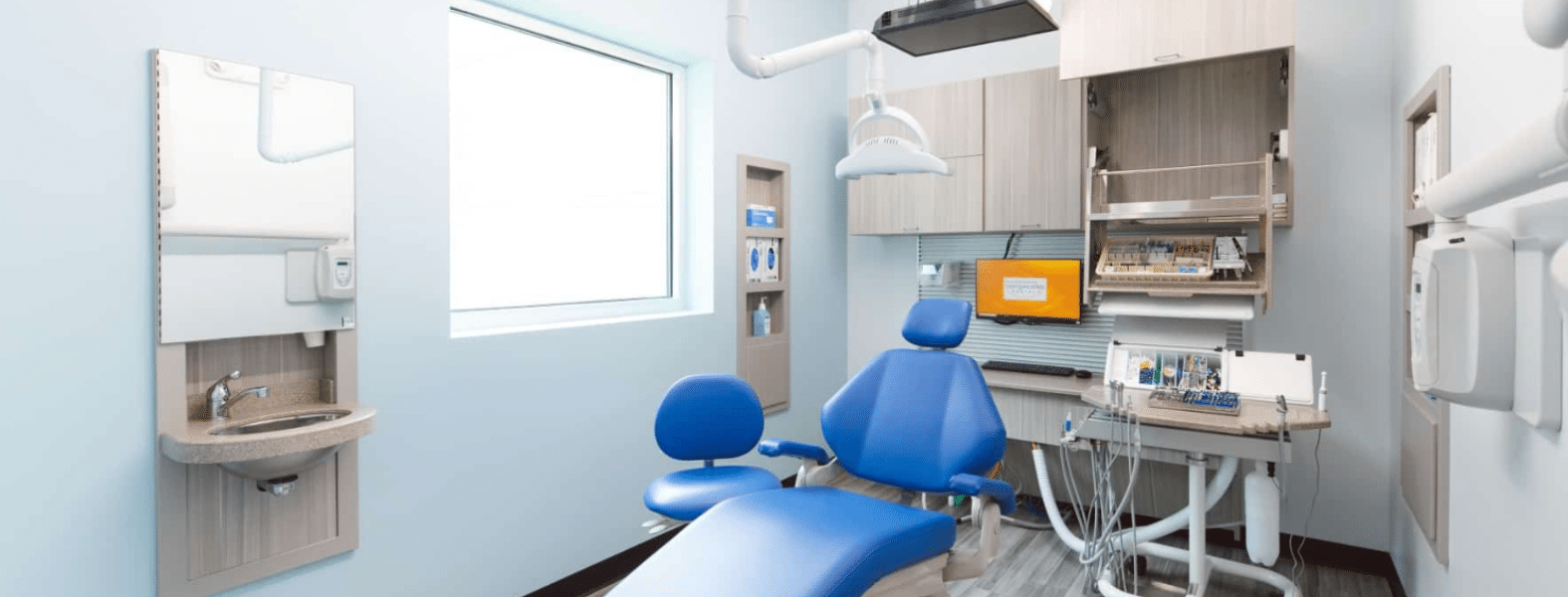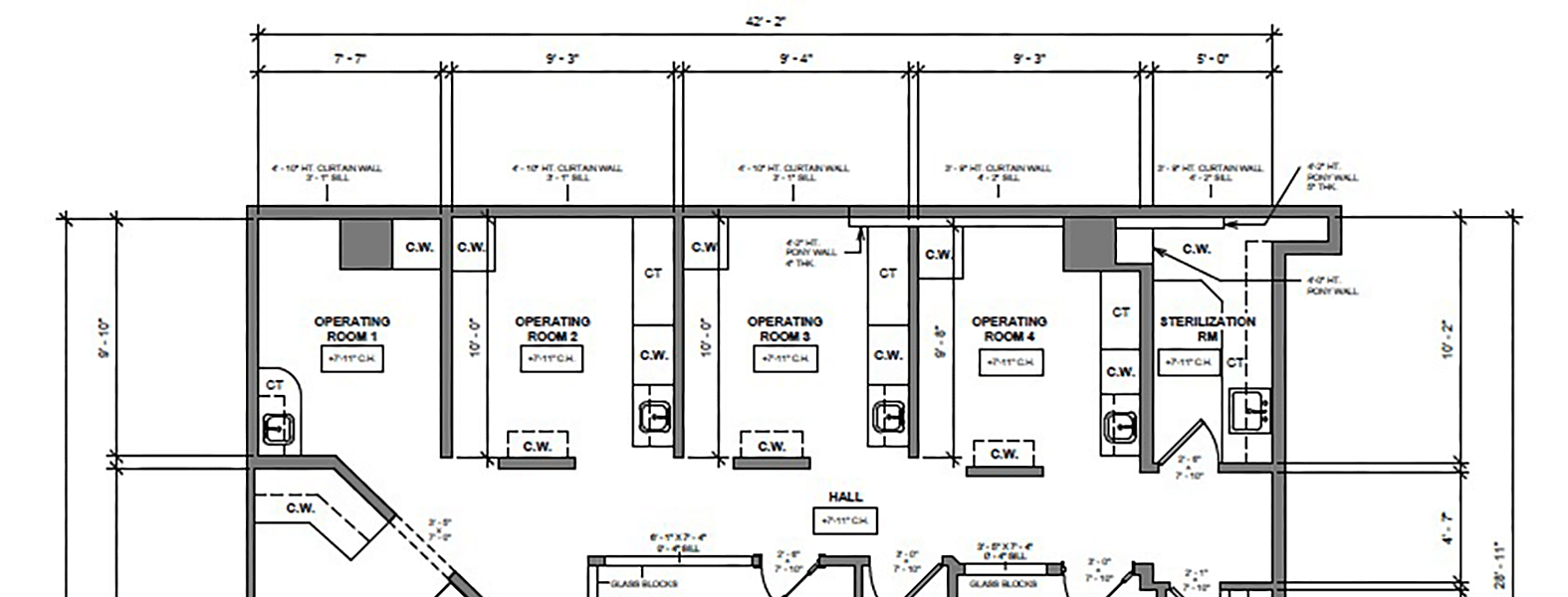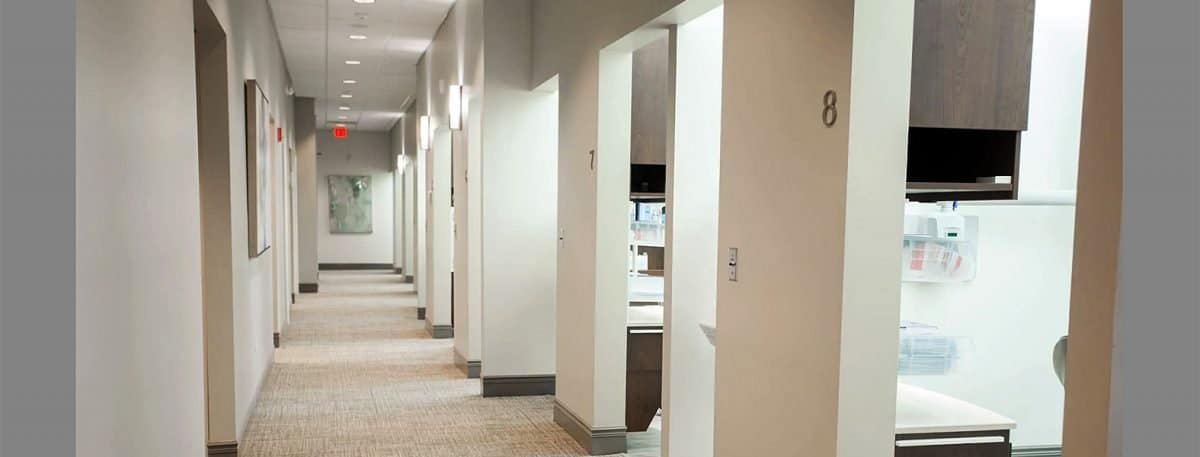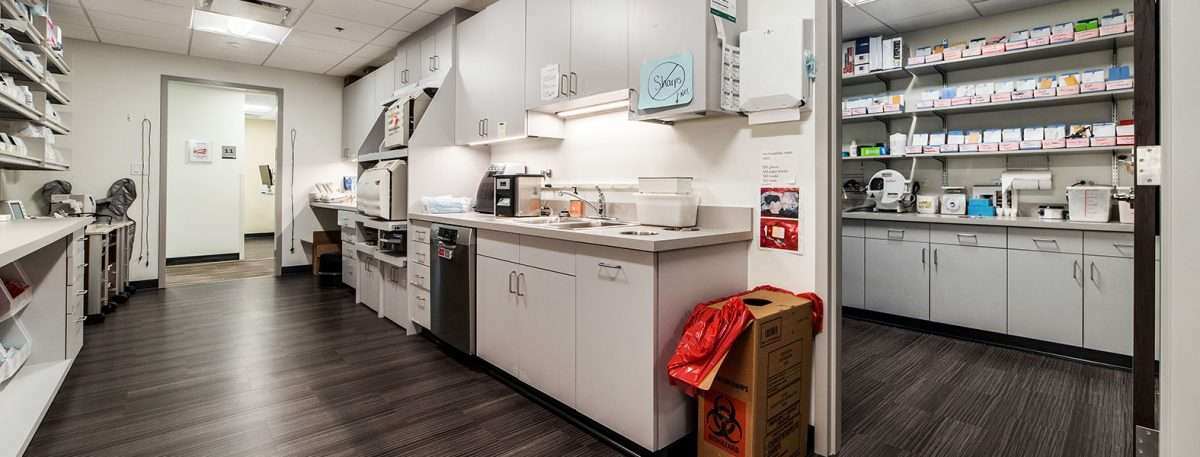Stop Dancing, Start Sterilizing: How to Streamline Your Instrument Processing
May 28th, 2019
4 min. read
How many of you feel like you’re doing the Electric Slide in your sterilization process? Shimmy left, shimmy right, kick, kick and do-see-doh...ummm, no! We’re not doing “The Hustle”, we’re sterilizing instruments in a dental office! Why do we make the sterilization process so complicated? It’s incredibly easy with simplification.
I love to dance but only on my free time. The cost of dancing in a dental practice is huge, in both time and money. The more gyrating we do, the less we get done. If you have to transport instruments from dirty to clean from side to side, up and down, making more movements than actually needed, you’re dancing. However, if you have a streamlined system for sterilizing instruments, you will maintain a steady, organized and considered pace - like running a marathon. Unless you’re Lawrence Cherono (winner of this year’s Boston Marathon), most people keep a steady pace throughout the race. Similarly, processing instruments isn’t a sprint! You need to keep a consistent pace throughout your day.
Why? Because, when we are racing to get things done, errors happen. Someone will likely stick themselves, break an instrument, or end up with instruments missing from setups. Hurry, shimmy, jump and run… bad idea! Just like running a marathon, if you’re not conditioned, you will injure yourself.
Ok, great analogy, but let’s get into the “How” of it.
First thing we can do is simplify the process of by implementing the use of cassettes. Cassettes offer the convenience of keeping your instruments together by procedure. With a stainless steel cassette with slots for each instrument to sit (and every slot is filled!), you can eliminate many common mistakes. Error proof the place for goodness sake! Here’s are my top five reasons to adopt cassettes:
 Instruments missing- If you stage your cassettes so that every slot is full, you can tell right away if anything is missing.
Instruments missing- If you stage your cassettes so that every slot is full, you can tell right away if anything is missing.- Injuries - you are less likely to suffer any accidents when handling a cassette versus handling sharp, soiled instruments by hand.
- Broken instruments - you are less likely to break an instrument because they are not touching one another, dancing in an ultrasonic machine.
- Rubber inserts - keep your instruments locked and secure during the sterilization process. I have more facts regarding these rubber inserts i’ll share for your next ah-ha moment.
- Easily set a standard - With a standard cassette set up per procedure (don’t try this one without me), we can take a photo, label it and print it. Make this available in Central Sterilization.
Running your marathon starts with establishing a consistent, specific order. And really, it’s about more than just the act of sterilization... it’s all part of a bigger process that we (and some really smart Toyota folks) call “One Piece Flow.” Here’s Tim Gagnon, one of Design Ergonomics' Practice Liaisons with his take on the concept:
As proponents of LEAN Manufacturing, one of the key elements we often try to implement in practices is the concept of One Piece Flow. In a nutshell this means to process one unit at a time. Please note however, that a unit does not necessarily mean a single item. For example, processing a cassette is technically processing several instruments, and processing several cassettes as “a load” (what the autoclave can process at one time) is a typical representation of a “unit” in this scenario.
But single instrument or full Autoclave load, the goal of the sterilization sequence is not to produce a sterile instrument; the goal is to remove soiled instruments from the field, process them safely and effectively and to RETURN them to the field for use on another patient while minimizing as much wasted time and energy as possible. By processing “a load” from start to finish (soak, wash, cook, store) you’re effectively speeding up your ability to redeploy these instruments to the field. It’s not uncommon for a load of cassettes to be deployed 2, 3 or more times a day. Reducing inventory, increasing flexibility and ultimately improving quality and productivity.
Great! Now to get’er done, here’s everything you need:
- Implement Cassettes
- Operative (one universal cassette)
- Combine the instruments used for 90% dentistry you do
- Filling
- crown/bridge
- delivery
- Hygiene
- Exam
- Oral Surgery
- Get a double sink
- One side filled with water and enzymatic solution
- The other side empty
- Consider a triple sink with a small soak tub for Surgical Milk to keep your hinges lubricated.
- Install a dishwasher - No, not a Hydrim!
- ADA Compliant
- CMA Dishmachine
- Large capacity autoclave
- A Statim (7.5 minutes) is great for small items like bur blocks and handpieces
Whether clockwise or counter-clockwise, the system should look like the left-hand illustration vs the Tango happening on the right:
There is one bottleneck in sterilization, THE AUTOCLAVE. In no way can I improve the 40 minutes it takes to run the autoclave. The soak sink and dishwasher are our holding patterns while we patiently (or impatiently) waiting for that darn autoclave.
Finally, Resupply; the area designated for clean instruments and supplies. I will elaborate more on this in a later post. .
Hey, isn’t it great that you now have a systematic sterilization process where there is a clear distinction between what’s clean and dirty? I can’t tell you how many times I’ve walked into a practice and cannot distinguish between these two areas. How the heck does this happen?
I’ve been writing mostly about wasted movement - and how to prevent it - and this has a real-world impact on staffing. Don’t go out an hire someone to sterilize your instruments! This is an incredible underutilization of people, and with a streamlined process you won’t need them. Or better yet, DO hire someone, but utilize them where value is added: Patient Care!
With a simple, streamlined system in sterilization and resupply, no one is dancing - they’re focusing on your Patients.
I challenge you, Good Doctor…without letting anyone know, put a camera up in your sterilization area and record the flow. When you’re finished seeing patients, watch it. Now that you have a better understanding of “one piece flow”, ask yourself one question.
"Are we running an efficient Practice… or are we dancing?"
With over three decades of expertise in cosmetic and restorative dentistry, Dr. David Ahearn is a nationally recognized leader, educator, and innovator. His passion for cutting-edge technology and exceptional patient care is the driving force behind everything we do. As the founder of Design Ergonomics and Ergonomic Products, Dr. Ahearn has dedicated his career to designing, equipping, and training North America's most efficient and productive dental offices. His proven strategies help hundreds of practices reduce stress, boost productivity, and build sustainable, scalable growth each year. A speaker and educator, Dr. Ahearn continues to shape the future of dentistry, empowering thousands of dentists to transform their practices, improve the quality of life for their teams and families, and deliver outstanding care to their communities.
Topics:


















